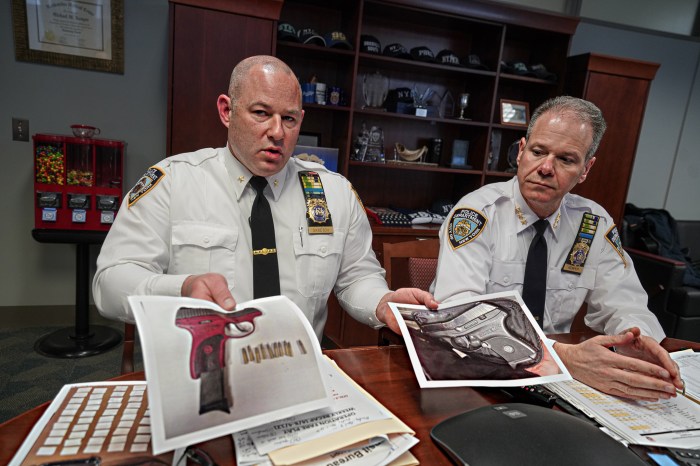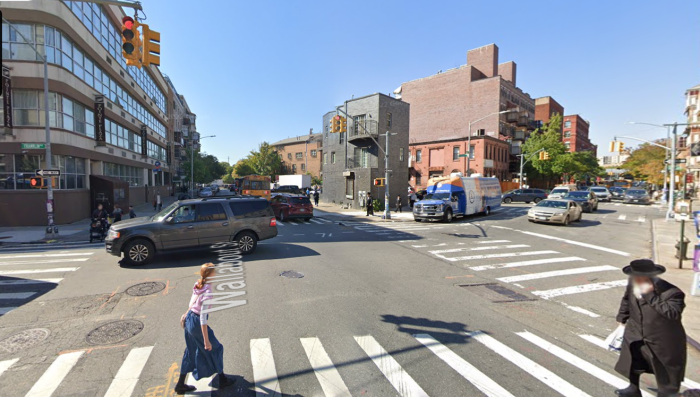Gov. Andrew Cuomo’s plan to give Staten Island drivers a break on their Verrazano Bridge toll caused a row on the MTA board Wednesday.
The board meeting where the plan was approved began with former MTA chief Dick Ravitch cautioning members against authorizing the rebate proposal, which will cost the agency $7 million.
The plan would cut Staten Island residents’ tolls $. 50 to $5.50 and commercial vehicles’ tolls by 20%, if they use E-ZPass.
During the public comment period, Ravitch, who said he has been “reluctant” to offer the MTA board advice, urged members “to think very hard before you vote to voluntarily reduce the revenues to the MTA for not just the reasons of your fiduciary responsibility but because of plain, simple, common sense.”
He objected to the cost at a time when the MTA is gearing up to get funding for its five-year capital program and negotiating with its labor unions.
The state legislature and MTA would each pay $7 million to cover the one-year rebate program, expected to start in April, with lawmakers able to fund the toll break down the road.
MTA Chair and CEO Tom Prendergast said the board had a “healthy discussion” about approving a proposal from the state legislature.
“I think there is a recognition that there are issues in terms of the elasticity of tolls versus fares and the impacts those have on people,” he said.
Board member Norman Brown questioned why fares and service do not have “an equal claim on the revenues” of the MTA.
“In effect, you’re demanding more road building by lowering the tolls,” he said. “Bus service from Staten Island saves you road space, saves Brooklyn road space, saves New York City road space.”
Allen Cappelli, a board member from Staten Island who has advocated for a toll break, defended the proposal from its critics as immediate relief to the transit-starved borough where improvements may be years away.
“The people of Staten Island are in a position of essentially agreeing that they need more transportation,” he said, “but not knowing when it’s going to come and having to rely upon their cars for the burden.”

















